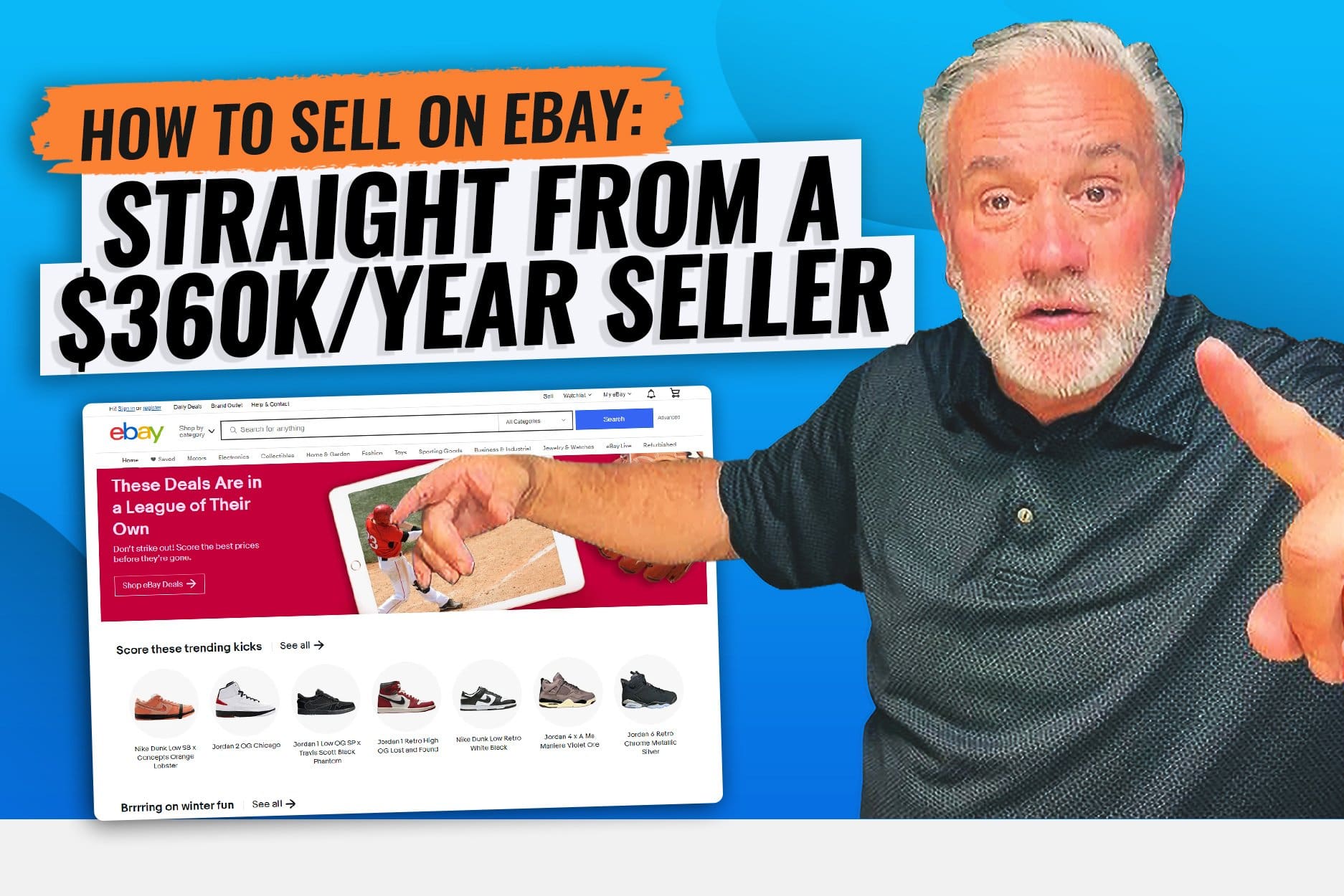If your love for used cars ranks above enthusiast, it may be time to take things to the next level.
Car Dealer Case Study: Imports & Classics
Our exclusive interview with Carlos Becerra of Imports & Classics helped reveal the details on starting a used car dealership.
Carlos was an entrepreneur for his entire life before he got into the classic car business. He didn’t grow up with a lot, and when he wanted something, his parents encouraged him to ask, “How are you going to get it?”
He started by buying and selling cars to make a couple extra grand a month. Then he started helping people sell classic cars on consignment with a simple strategy. He would find a buyer, manage the sale and transfer, and take an 8% commission.
Then he got an 18,000-square-foot building and started doing restorations and car flipping alongside the other sales. Now he has a lot with 40 to 50 cars. Carlos told us:
Find out more in our interview with Carlos:
When we asked him how to start selling cars, he told us:
- Get a business license.
- Get a UBI number (if required by the state).
- Open a business bank account.
- Find a location to store the cars.
- Buy inventory.
There’s a little more to it than that, but that’s the easiest way to get into the automotive sector.
Step #1. Research the Car Market
You’ll want to learn about the automotive industry before you decide to start a car dealership. Here’s a brief industry overview to help you with your market research:




How much does it cost to open a car dealership?

According to the UpFlip Academy business ideas database, the average car dealership costs $550K to start, but the average used car dealership costs $275K to start.
There are many aspects to think about when opening up a used car dealership. Consider the following startup costs:
- Business registration
- Auto dealer bond
- Auto dealership license
- Other licenses (e.g., health, fire, software)
- Business attorney
- Accountant
- Location (deposit)
- Marketing and branding
- Office supplies
- Inventory and insurance
Carlos told us:
How much does a car dealership make?
The average new car dealership makes $18 million in revenue per year. Meanwhile, used car dealerships make an average of $1.3 million in annual revenue. Remember that an average means some car dealers make much more and many make less.
You should expect it to take at least three to five years to start making as much as the average dealer unless you have a remarkable competitive advantage.
What is the average profit margin for a car dealership?
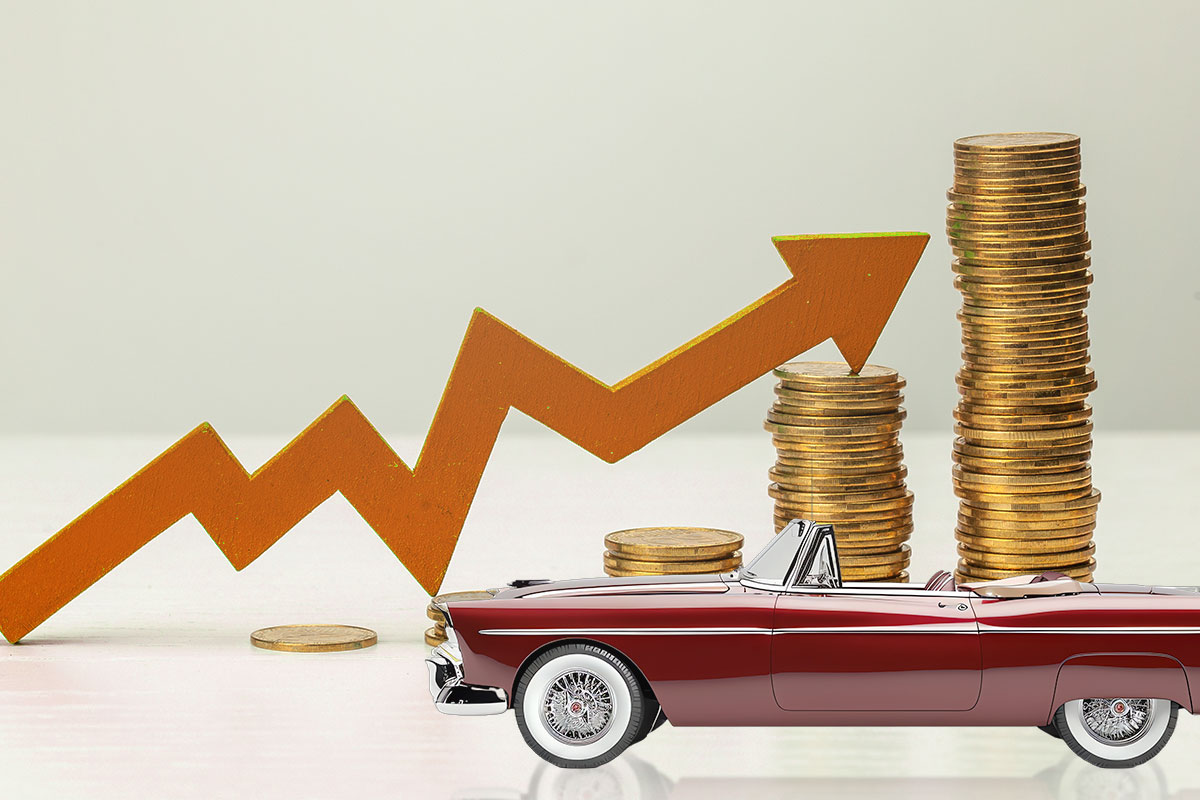
The average profit margin for a used car dealership is 2.6%. The average profit margin for a new car dealership is 0.2%. Profit margins can be much higher or non-existent depending on how you run your business.
Carlos told us:
When he first started, that would be nearly 100% profit. But as he bought a physical location and hired employees, the profit margins have gone down.
How much do car dealership owners make?
According to ZipRecruiter, the average annual salary for a car dealership owner in the United States is $112,891. This breaks down to approximately $54.27 per hour, $2,170 per week, or $9,407 per month.
Salary ranges are between $41,500 and $164,500 but typically fall between $93,500 (25th percentile) and $129,500 (75th percentile). Factors such as location, skill level, and experience can significantly impact earning potential.
In addition, new car dealers make average profits of $36,000 annually, while used car dealerships make average profits equal to $33,800 annually. Car dealership owners make between $67,600 and $200,500 when you combine their annual salary and after-tax profits.
These figures indicate significant opportunities for salary growth depending on individual qualifications and market conditions.
Who are my potential customers?

Most car dealerships work with potential customers over the age of 18 in the local area who have jobs. You should do research about your market including:
- Age: Gen X buys the most used cars.
- Income level: Used car buyers tend to make less than the median income.
- Gender: Women buy more used, while men are more likely to buy new.
- Marital status: You may notice trends in the marital status of your core customer base that affect which cars you keep in inventory.
- Occupation: Research local occupations and salary ranges.
- Location: Most buyers search in a 50-mile radius.
- Shopping habits: Used car buyers use third-party sites in addition to in-person services.
- Motivation: Find out whether most people want to replace their vehicle or buy a second one.
The target market for most used car dealers is different from the target market that Carlos works with, Many classic car buyers are spending between $18K and $100K to restore cars. Carlos told us:
You’ll need to do additional market research if you’re opening any of the following car dealerships, but we’ve provided you with a good start:
- Luxury vehicles
- Multi-brand (make/model) car dealerships
- Classic or collector cars
- Online-only dealership
The U.S. Small Business Administration has great resources to help businesses determine their market.
Step #2. Create Your Business Plan
You need to have a solid business plan to start a business successfully. A car dealership business plan is essential if you need a business loan to start your used car dealership. Make sure your plan includes the following items:
- Executive summary of the business
- Objectives and mission statement
- Keys to success
- Company summary
- Inventory
- Market analysis
- Web plan
- Management summary
- Financial plan
Next, we’ll look at how to start a used car business legally.
Step #3. Start Your Business Legally

You will need to meet legal requirements for auto dealers when entering the new or used car market.
The car dealership industry will need the following legal requirements.
LLC or Corporation
Go to the secretary of state’s website for your area. Fees vary from state to state based on the type of business you want to create (limited partnership, sole proprietorship, limited liability company, or corporation).
It’s best to work with an accountant to find the best option.
Employer Identification Number
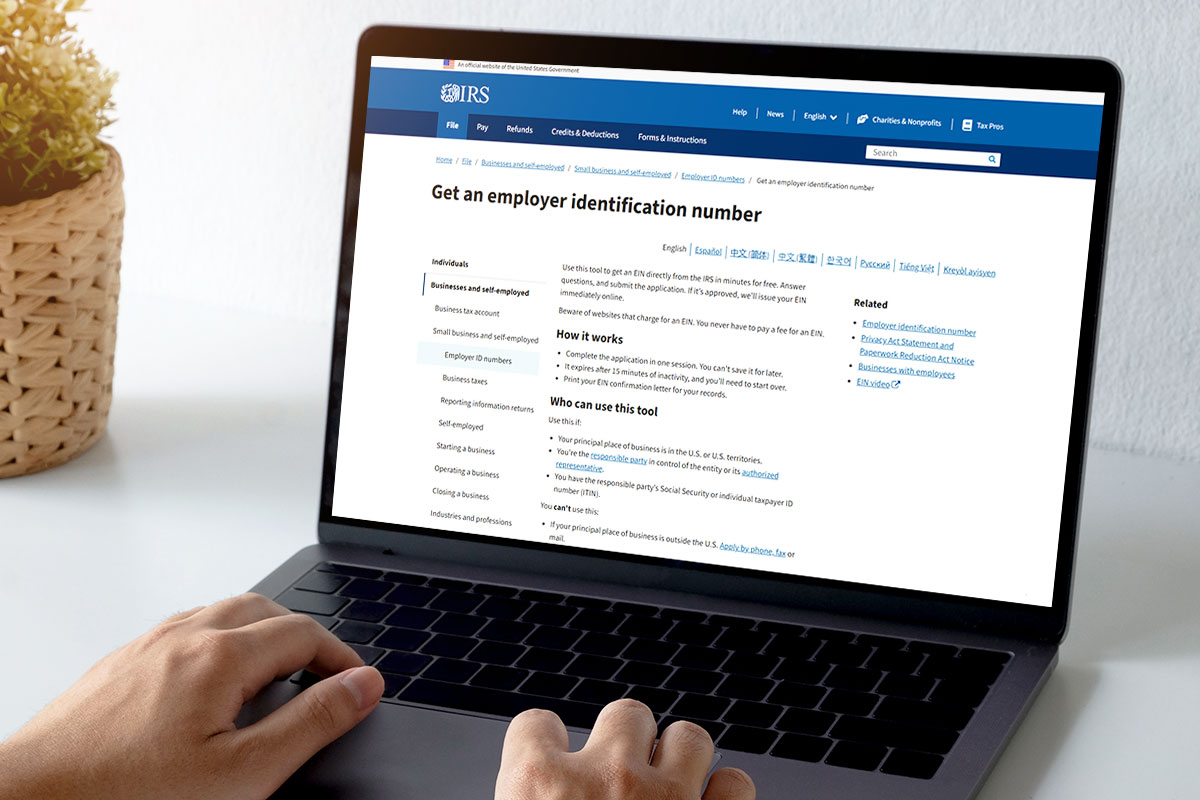
Get your employer identification number (EIN) from the Internal Revenue Service. An EIN is required for a business that’s a separate entity from the owner, including LLCs and corporations. It’s used to file taxes, get a business bank account, and obtain business insurance.
Auto Dealer Bond
Every state requires that you have an auto dealer bond to get your auto dealership license. This is a type of surety bond that protects customers from fraud. The amount differs by state:
- $30K in Washington
- $25K in Texas
- $100K in Arizona
Car Dealers License
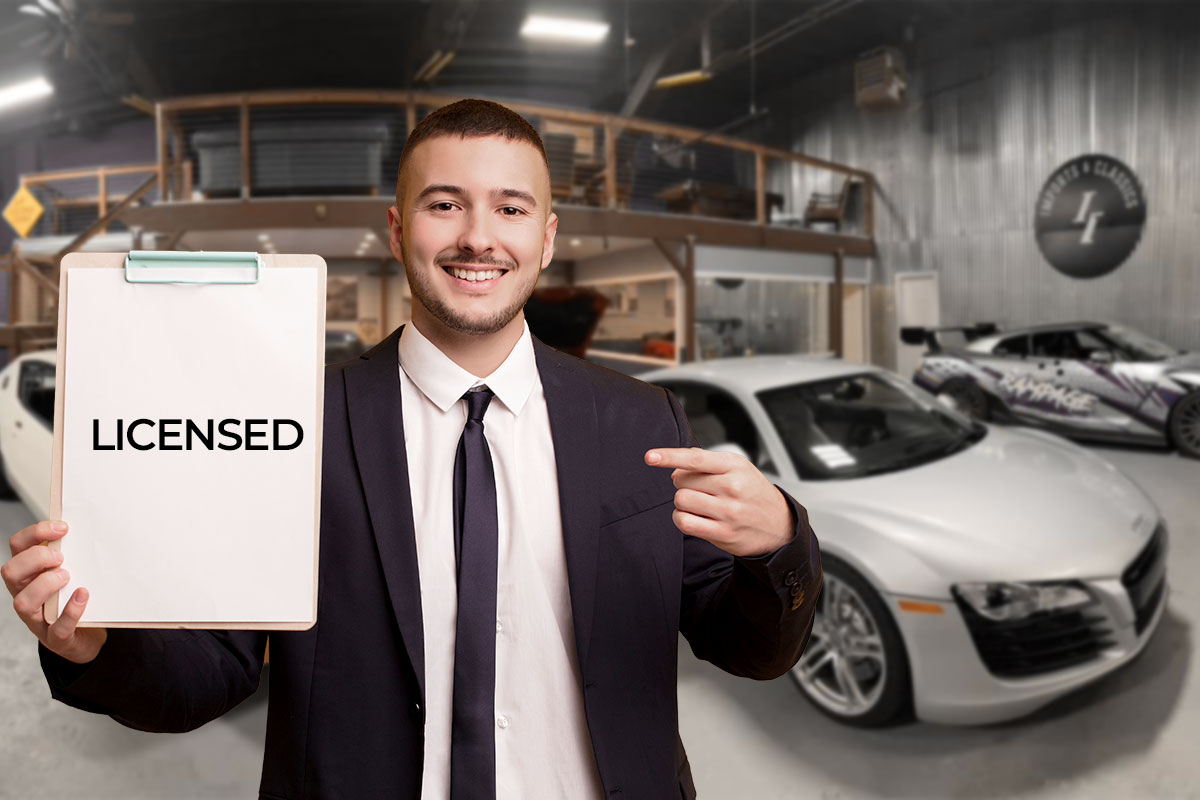
You’ll need an auto dealership license from the state where you’ll be doing business. The costs vary by area, and in states like Washington, costs can run over $1,000 after completing the required training courses.
Business Bank Account
You’ll want to open a business bank account for your own car dealership. This will help you keep your business and personal finances separate. A business bank account will also help you manage finances better and position you to apply for small business loans later.
Don’t forget to ask if they have a program for the car dealership industry where you can earn a commission for each loan originated through your used car dealer.
Business Insurance
Your used car dealership needs small business insurance. The automotive industry has unique concerns including potential losses from weather-related events, test drives, or stolen cars.
Make sure to work with an insurance agent who understands the used car dealership industry and its needs.
Keep reading to learn how to start a car lot business with your own location.
Step #4. Find a Business Location
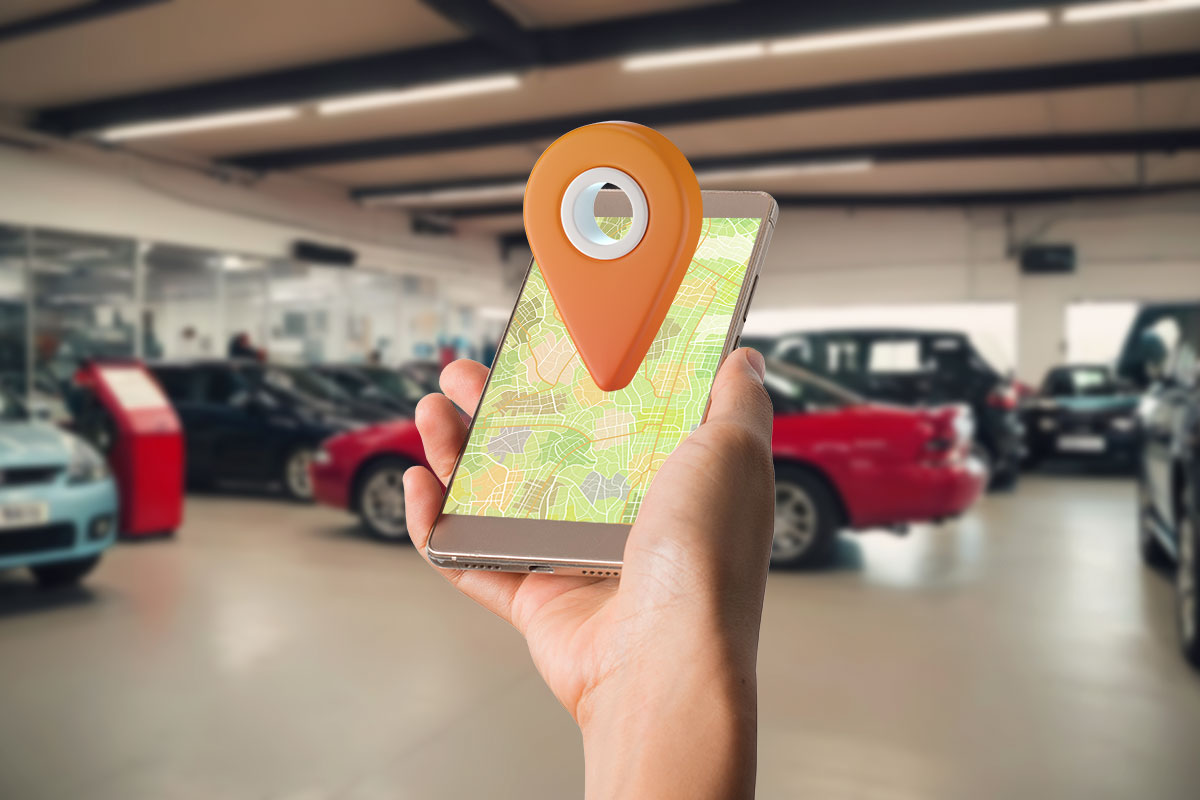
A car lot is one of the largest costs when you start a used car business. You’ll want enough space to display all the cars you’re selling and a building large enough to provide the services you offer.
Here are some dimensions to help you figure out how much space you need:
- Parking space: 9 feet by 18 feet
- Lot aisles: 14 feet to 24 feet
- Repair building: 40 feet by 60 feet
- Sales building: Assume at least 175 square feet per employee, plus restrooms and waiting areas if needed.
You’ll need additional space for employees, customers, and any vehicles you’re repairing. Next, we’ll look at how to get financing.
Step #5. Get Financing
Most car dealerships start with money from the owner’s personal savings. Carlos told us:
A used car dealership can also get funding from their retirement account, credit cards, outside investors, or business loans. New and used car dealerships have thin profit margins. New and used car dealerships need to become successful to get business loans.
Step #6. Get Inventory
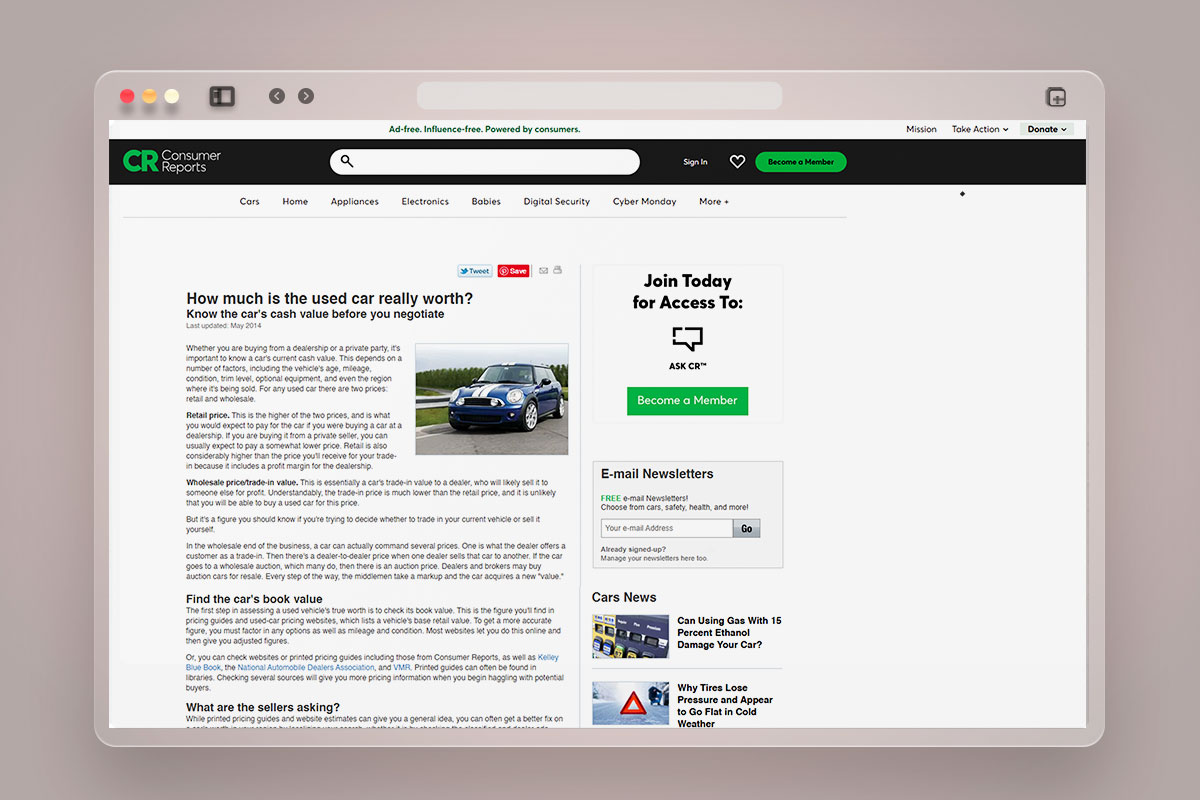
A used car dealer needs to buy cars to sell cars. You’ll need to understand how to value a car. Here are some resources to get you started:
Then you’ll need to decide what types of cars to buy. Carlos explained:
Ask yourself these questions when choosing your inventory:
- Do we have weather conditions in my area that would warrant a specific style of car?
- Is there an industry in the area where workers require trucks or other larger vehicles?
- Are there a lot of families in my area where I could easily market SUVs or minivans?
It’s up to you to determine what sells very well in your region and your target market. Edmunds Industry Insights is a great resource for statistical information to help you figure it out. Researching local car marketplaces online can also help you determine what’s selling.
A used car dealer gets their cars from auto auctions, trade-ins, online marketplaces, and other used car dealerships. A car dealer will lose money if they try to buy cars on the retail market. Keep reading to learn more about how a used car dealership gets profitable cars.
Auto Auctions
A car dealer license gives a used car dealership access to the dealer-only auction companies. These auctions are one of the major benefits of getting your dealer license. The largest is ACV Auctions.
Other major dealer-only auction companies in the U.S. include:
These will normally have the best used car prices as long as you don’t get in bidding wars for the cars.
Trade-Ins
Auto dealerships often take trade-ins while making car sales. You’ll be crediting a portion of the motor vehicle that the customer gives you to the purchase price. You can use Kelley Blue Book to establish what price to buy and sell used cars that are traded in.
Online Marketplaces
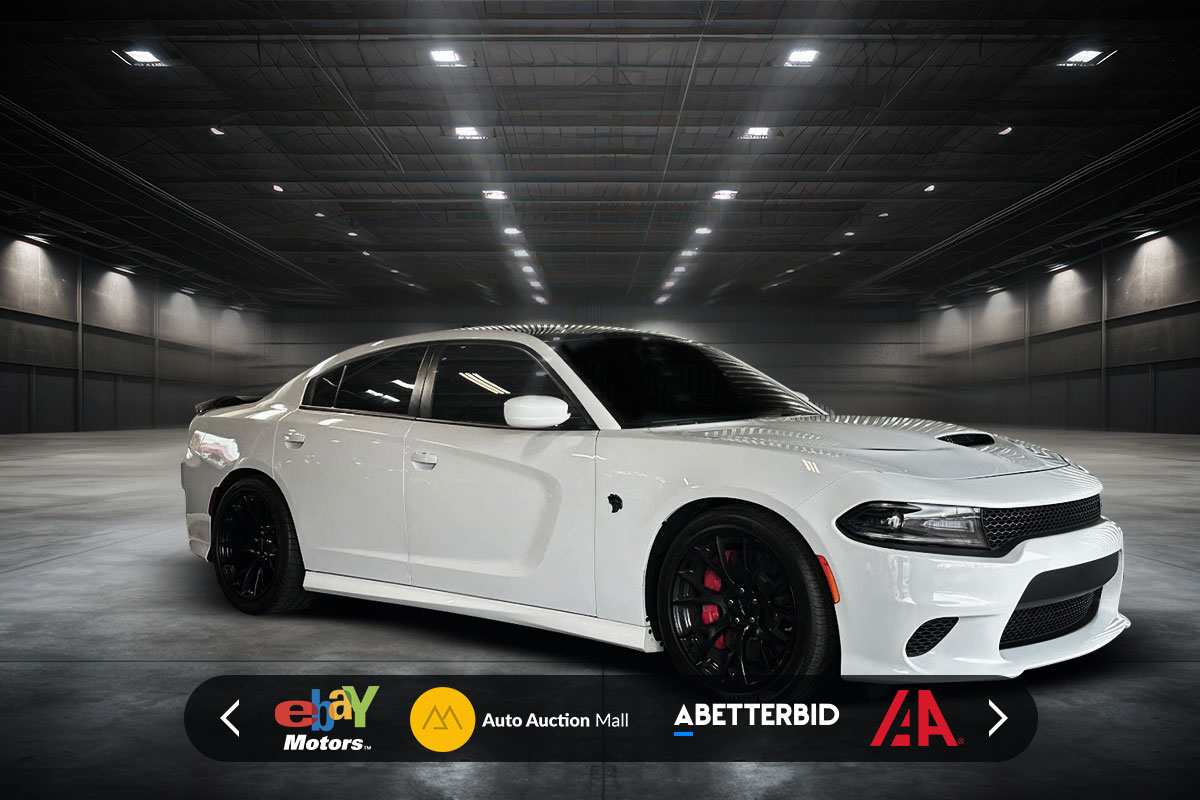
Your used car dealership can find deals on other sites including:
Pro Tip: When using A Better Bid, search for normal wear.
Other Car Dealerships
You can make deals with other independent dealers to trade motor vehicles. For instance, you could make a deal where you trade electric cars and trucks you receive for classic cars they receive.
Step #7. Build Your Team

A successful used car dealership needs to provide multiple services to attract customers, meet customer expectations, and comply with consumer protection laws.
You may need some employees to manage a used car dealership successfully. We’ll discuss some of the roles you’ll need next.
Sales Department
Vehicle sales are the primary driver of revenue for a used car dealership, but they aren’t always enough to make a car dealership profitable. Carlos explained:
Salespeople play a critical role in the buying process. They are the ones who interact with the customers. Good salespeople should seek to understand a customer’s needs and help them find a car that meets those requirements.
They’ll be showing customers cars, providing test drives, and introducing the customer to the finance department.
Service Department
A service department is more common at a dealership that sells new cars. However, a used car dealership can make additional revenue on maintenance, support warranty claims, and provide repairs by adding one.
A service department is more likely to have repeat customers compared to sales. You’ll need a mechanic and space for a used car dealership service department. Carlos told us:
Finance Department

The used car industry relies heavily on lending. Your finance department should have a basic understanding of accounting and the laws for the car sales process in your state. They should also be familiar with lending products.
You’ll also need used car dealer software. You specifically want inventory management, a website, business documentation, and self-financing or third-party financing options.
I tried to find a single piece of software that offers everything and was unable to do so. That means you’ll likely need to narrow your expectations or find multiple software options that integrate well with each other.
Step #8. Market Your Inventory
The next step is to market your new business on the internet and other channels. Many used car buyers use third-party websites like Autotrader that share information for the automotive market.
Remember to share cars on social media and your website. You’ll also want to highlight promotions, new vehicles, and the latest automotive trends.
Make sure to create a Google Business Profile and add the map to your website. You’ll also want to research words that people use when looking for used cars for sale, then use them on your website.
Don’t forget to network with nearby businesses and people to find ways to get new vehicles and repeat business.
Step #9. Serve Your Customers

Used car dealers may have had a bad reputation in the past, but because of the internet, that sentiment is rapidly changing. Successful car dealerships need referrals and good reviews if they want to stay in business. Carlos said:
Here are some key tips you can use to provide great customer service before and after the sale:
- Loyalty: If you create loyal customers, you’ll stay in business forever.
- Attitude: A great attitude goes a long way with a potential customer.
- Helpfulness: People don’t like to be sold to, but they like it when someone genuinely wants to solve their problems.
- Appearance: Your sales floor and office reflects your customer service. Keep a clean environment!
- Experience: If you can give your customers an amazing experience from start to finish, they’ll recommend you to others.
- Follow-up calls: Just because the customer is off the lot, it doesn’t mean the service is over. Call to check and see how things are going.
If you’re new to the industry, consider some training courses from an accredited institution like the National Automobile Dealers Association. You can also find a job at a local car dealership to get some experience with how car dealerships work before you start your own.
Car Dealerships FAQ
How to start a car dealership with no money
You can follow the process below to start a car dealership with no money:
- Choose a low-cost business model: Consignment, brokering, and online car sales all have lower startup costs than starting your own used car lot business.
- Develop a business plan: Outline your business strategy to make sure you understand each part and the associated costs.
- Build partnerships: Partner with car owners, fleet operators, or small dealerships to access inventory without upfront costs. You can also work with financing companies or banks to offer financing to customers.
- Seek financing and grants: Apply for small business loans, grants, or government programs designed for entrepreneurs.
- Focus on licensing: Research your state’s licensing requirements for car dealerships. Register your business, get a dealer license, and make sure you’re complying with local regulations.
- Work from home: Use a home office to manage your business. For vehicles, you can rent space at existing lots or partner with businesses that have parking spaces.
- Use low-cost marketing: Advertise on free platforms like Facebook Marketplace and Craigslist. Use a cheap website and social media accounts to reach potential buyers.
As you make more money, reinvest those initial profits into expanding your business. This approach minimizes upfront costs and focuses on building long-term relationships.
How to start a used car dealership from home
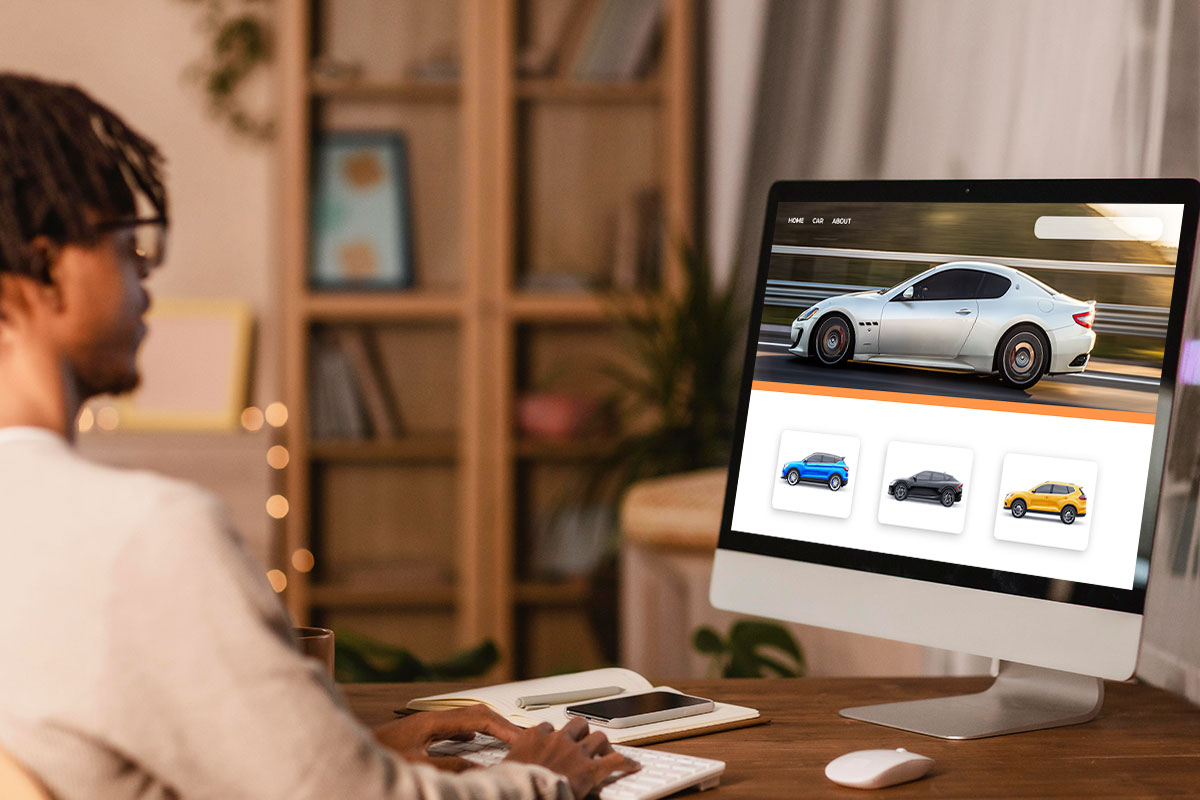
Starting a used car dealership from home is a good way to avoid startup and operational costs. Many used car dealers start a used car business by flipping cars.
Carlos started his online car business by buying used cars and storing them in his mother’s driveway. He said,
Many landlords or state and local laws have rules on storing used cars. The rules may ban working on vehicles at home or require you to register and insure them first.
Now Go Out and Sell Some Cars!
Now that you know all the basics on how to start a used car dealership, it’s time to get out there and start selling! It can be a tough industry to break into, but with determination and a good entrepreneurial mindset, you’ll be slinging used cars in no time.
You might also find starting a rental company attractive if you like the idea of owning a dealership.
Can you think of any other aspects of opening a dealership that we should cover, or do you have valuable information to add? Let us know in the comments below.



